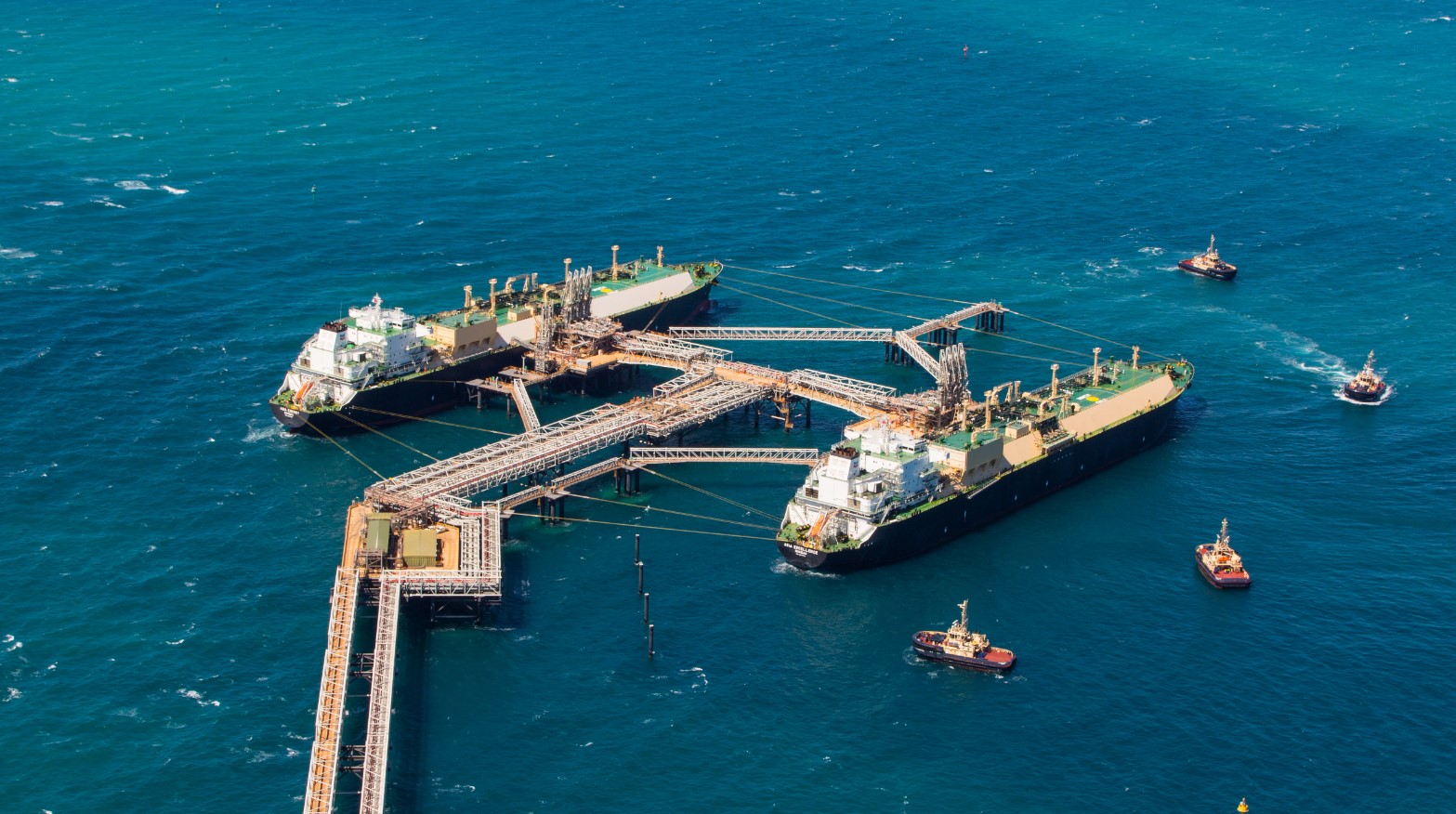Australian liquefied natural gas export revenue rose 86 percent year-on-year in 2022 to a new record high due to higher oil and spot LNG prices, according to EnergyQuest.
The consultancy said in its monthly report it estimates that Australian LNG export revenue reached A$92.8 billion ($63.2 billion) last year.
“The highly cyclical nature of LNG revenue is demonstrated by the fact that during the peak of the pandemic in 2020 LNG export revenue was only A$36 billion,” EnergyQuest said.
“The huge growth in export revenue in 2022 is set to drive strong growth in taxation and royalties paid by Australian LNG projects, as well as helping pay for Australia’s imports,” it said.
LNG exports up to 81.4 million tonnes
Based on vessel tracking data, EnergyQuest estimates that Australian LNG exports reached a new record of 81.4 million tonnes (Mt) in 2022, up slightly from 81.1 Mt the previous calendar year.
”The record for the world’s biggest LNG exporter in 2022 appears to have been a photo finish between Australia, Qatar and the United States. Bloomberg estimates that the latter two counties each exported 81.2 Mt in 2022 ”, EnergyQuest CEO Graeme Bethune said in the report.
He said the rapid growth in US exports since 2016 shows the flexibility of the US energy market, particularly its ability to respond quickly to global crises such as the cuts in Russian gas supplies to Europe.
“Ironically US LNG exports are based on fracture-stimulated shale gas, the development of which is widely banned in Europe and is politically controversial in Australia,” he said.
“The challenges of gas development in Australia are shown by the fact that in the seven years in which the US has gone from being a net LNG importer to a world-leading exporter, Santos has been unsuccessfully trying to develop the Narrabri gas field in NSW,” Bethune said.
“The debacle over approval for drilling wells in the Barossa gas field is another example of challenges in Australia,” he said.
Australian exports likely to fall in 2023
The bulk of Australia’s LNG exports continues to come from Western Australia and the Northern Territory, comprising 71 percent of exports in 2022 and up by 2.1 percent on the previous year.
Exports from Queensland (29 percent of exports) were down by 3.3 percent.
“Australian exports are likely to fall in 2023 while exports continue to grow from Qatar and the United States,” Bethune said.
“Following the depletion of reserves from the Bayu-Undan gas field, the Santos-operated Darwin LNG project will be out of action until the Barossa field comes online, hopefully in 2025,” he said.
Darwin shipped 1.3 Mt in 2022. First cargoes from the Woodside-operated Scarborough LNG project are not due until 2026.
Bethune said any decision to trigger the Australian Domestic Gas Security Mechanism (ADGSM) would also cut exports.
“In 2022 Australia’s biggest LNG export market was Japan (39 percent of exports), followed by China (28 percent) and South Korea (15 percent). Japan and Korea have already publicly expressed concern about any cut to exports and Australia is currently trying to encourage China to allow increased imports of Australian coal,” Bethune said.

